Home>Garden Essentials>How To Lay Lawn Turf
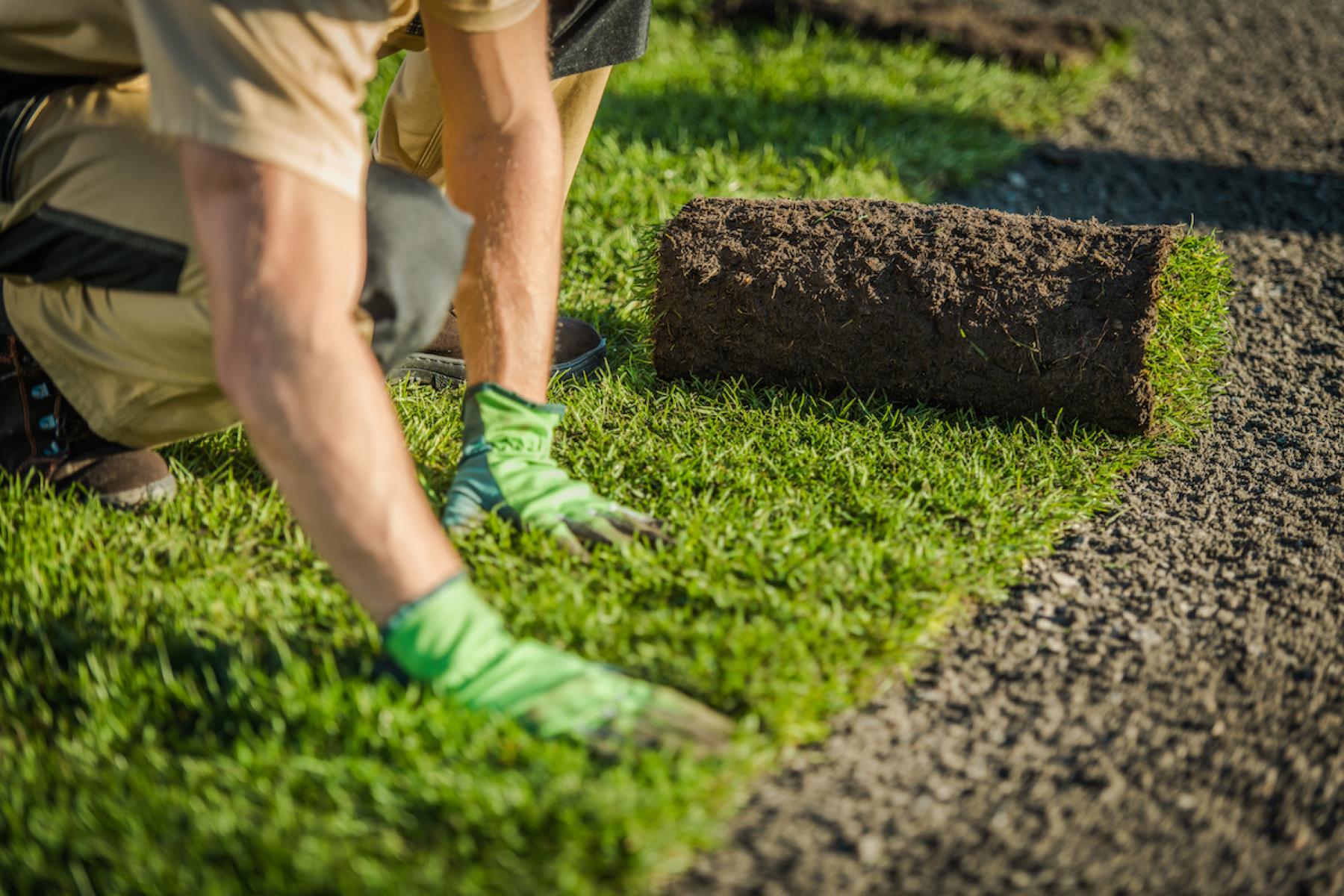

Garden Essentials
How To Lay Lawn Turf
Modified: March 7, 2024
Achieve a lush and beautiful garden with our step-by-step guide on how to lay lawn turf. Transform your outdoor space easily and efficiently.
(Many of the links in this article redirect to a specific reviewed product. Your purchase of these products through affiliate links helps to generate commission for Storables.com, at no extra cost. Learn more)
Introduction
Welcome to the world of beautiful gardens and lush green lawns! Whether you are a seasoned gardener or a beginner with a green thumb, laying lawn turf is an essential skill to achieve that perfect outdoor space. A well-maintained lawn not only adds beauty and value to your property, but it also provides a relaxing and inviting space for outdoor activities.
In this comprehensive guide, we will walk you through the step-by-step process of laying lawn turf. From preparing the soil to watering and maintaining your newly laid turf, we’ve got you covered. So, let’s dive in and discover how to create your own stunning and vibrant lawn.
Key Takeaways:
- Preparing the soil, measuring and ordering the right turf, and carefully laying and shaping the edges are crucial steps in creating a beautiful and thriving lawn.
- Proper watering, regular maintenance, and good lawn care practices are essential for ensuring the health and longevity of your newly laid turf, creating a lush and inviting outdoor space.
Read more: When To Lay Lawn Turf
Step 1: Prepare the soil
The first and most crucial step in laying lawn turf is to prepare the soil. A well-prepared soil provides the foundation for healthy and thriving grass. Here’s what you need to do:
- Remove any existing weeds or vegetation: Start by clearing the area of any weeds, rocks, or debris. Use a garden fork or a shovel to dig out the weeds, ensuring that you remove their roots too.
- Test the soil: It’s essential to know the pH level and nutrient content of your soil. You can do a soil test using a DIY soil testing kit or by sending a sample to a local agricultural extension office. This will help you determine if any amendments are needed.
- Aerate the soil: If the soil is compacted, use a garden fork to gently loosen it up. This will improve drainage and allow the grass roots to penetrate deeper into the soil.
- Add organic matter: Organic matter, such as compost or well-rotted manure, enriches the soil and improves its fertility. Spread a layer of organic matter over the soil and use a rake to mix it in, aiming for a depth of about 4-6 inches.
- Level the soil: Use a garden rake or a leveling tool to even out the soil surface. Remove any bumps or depressions, ensuring a smooth and level base for the turf.
By following these steps, you will create a nutrient-rich and well-draining soil environment, setting the stage for a healthy and thriving lawn. Once the soil preparation is complete, it’s time to move on to the next step of the process.
Step 2: Measure and order turf
Now that you have prepared the soil, it’s time to determine how much turf you will need and place an order. Here’s how:
- Measure the area: Use a measuring tape to measure the length and width of the area where you will be laying the turf. Multiply these two measurements together to calculate the square footage. It’s a good idea to add an extra 10% to account for any wastage or cutting.
- Choose the right turf type: Consider the specific requirements of your lawn, such as the amount of sunlight, soil conditions, and climate. Different turf varieties have different characteristics, such as drought tolerance, shade tolerance, or wear resistance. Do some research and consult with your local garden center to choose the right turf type for your needs.
- Place your order: Contact a reputable turf supplier and provide them with the measurements of your lawn and the chosen turf type. They will guide you on the quantity of turf rolls needed. It’s a good idea to book your delivery for a day when you are ready to lay the turf to ensure its freshness.
- Prepare for delivery: Clear the designated area of any obstacles or debris to make the delivery process smoother. Ensure there is easy access for the delivery truck to drop off the turf rolls.
By accurately measuring the area and choosing the right turf, you can ensure that you order the correct quantity for your project. Now that you have your turf on the way, let’s move on to the next step.
Step 3: Remove existing vegetation
Before you can lay the new turf, it’s important to remove any existing vegetation from the area. This step ensures that the turf will have a clean and clear surface to establish its roots. Here’s what you need to do:
- Cut and remove the existing grass: Use a sharp spade or a turf cutter to slice through the existing grass or vegetation. Start at one end of the lawn and work your way across, creating neat and manageable sections. Lift the sections of grass and vegetation, and either dispose of them or use them for composting.
- Remove any persistent weeds: Take the time to carefully inspect the bare ground for any persistent weeds that may have survived the initial clearing. Use a garden fork or a hand tool to dig out the roots of these weeds, ensuring they are fully removed.
- Inspect and prepare the soil: After removing the grass and weeds, take a closer look at the soil. Remove any remaining roots, rocks, or debris that may hinder the turf’s installation. Use a rake or a garden fork to lightly loosen the topsoil, allowing for better root penetration and water absorption.
By thoroughly removing existing vegetation, you create a blank canvas for your new turf to thrive. With a clean and prepared surface, you’re now ready for the next step of leveling the ground.
Step 4: Level the ground
After removing the existing vegetation, it’s important to level the ground to create a smooth and even surface for your new turf. Here’s what you need to do:
- Inspect the soil: Take a walk around the area and look for any low spots or high spots in the ground. Low spots can lead to poor drainage, while high spots can cause unevenness in your lawn. Identify these areas and mark them for further action.
- Add or remove soil: For low spots, add additional topsoil or compost and spread it evenly to fill in the depressions. Use a shovel or a rake to level the soil. For high spots, dig out excess soil and redistribute it to the surrounding areas to create a level surface.
- Use a leveling tool: To ensure an even and smooth finish, use a leveling tool such as a garden rake or a lawn roller. Gently go over the entire area, paying extra attention to the previously identified low and high spots. This will help you achieve a uniformly leveled surface.
- Check the level: Once you have leveled the ground, use a long straightedge, such as a wooden plank or a level, to check for any undulations or unevenness. Adjust the soil as needed until you achieve a consistently level surface.
Leveling the ground is a crucial step to ensure proper drainage, even growth, and a visually pleasing lawn. By taking the time to level the ground, you are setting the stage for a successful turf installation. Now that the ground is level, it’s time to move on to the exciting step of laying the first row of turf!
Before laying lawn turf, make sure to prepare the soil by removing any weeds and debris, then level the area and add a layer of topsoil. It’s important to water the turf immediately after laying it to help it establish roots.
Read more: How To Lay Wildflower Turf
Step 5: Lay the first row of turf
Now that the ground is level and prepared, it’s time to start laying the turf. Follow these steps to lay the first row of turf:
- Start at a straight edge: Begin laying the turf along a straight edge, such as a path or a sidewalk. This will ensure that your first row is aligned and the subsequent rows follow suit.
- Unroll the turf rolls: Carefully unroll the first turf roll along the straight edge, positioning it snugly against the edge. Avoid stretching or pulling the turf as this can lead to uneven growth.
- Butt the turf edges: Butt the edges of the turf rolls tightly against each other without overlapping. Make sure there are no gaps between the rolls and use your hands or a roller to press them down gently.
- Stagger the joints: For the subsequent rows, stagger the joints by starting with a half-length turf roll. This will create a more natural and seamless look. Use a sharp knife or a turf cutter to cut the turf rolls to the desired size as needed.
- Secure the turf: As you lay each row, use garden stakes or pegs to secure the edges of the turf. This will prevent any movement during watering or maintenance. Place the stakes approximately every 1-2 feet along the edges of the turf.
By carefully laying the first row of turf and ensuring the edges are tightly butted together, you are setting the foundation for a beautifully laid lawn. With the first row in place, it’s time to continue laying subsequent rows of turf.
Step 6: Lay subsequent rows of turf
With the first row of turf in place, it’s time to proceed to lay the subsequent rows. Follow these steps to ensure a seamless and uniform lawn:
- Continue along the straight edge: Lay the next row of turf adjacent to the first row, along the same straight edge. Ensure that the edges of the turf rolls are tightly butted against each other without any gaps.
- Stagger the joints: Stagger the joints of the turf rolls by starting with a half-length roll. This will create a brickwork pattern and promote a visually appealing and natural look. Trim the turf rolls as needed to fit along the edges and maintain the staggered pattern.
- Press down firmly: Use your hands or a roller to press down firmly on the newly laid turf. This will ensure good soil contact and encourage the roots to grow into the soil for better establishment.
- Repeat the process: Continue laying subsequent rows of turf, following the same method of staggering the joints and tightly butting the edges together. Take your time to ensure each row is aligned and level with the previous one.
- Check for evenness: As you progress, step back occasionally and inspect the turf for any unevenness or gaps. Adjust and press down on the turf rolls as necessary to create a smooth and uniform surface.
By laying subsequent rows of turf with precision and attention to detail, you are creating a cohesive and beautiful lawn. With each row in place, it’s time to move on to the next step of trimming and shaping the edges.
Step 7: Trim and shape the edges
Trimming and shaping the edges of your newly laid turf is an important step to achieve a neat and professional-looking lawn. Follow these steps to trim and shape the edges:
- Use a sharp knife: Equip yourself with a sharp utility knife or a turf cutter to make clean and precise cuts. A sharp blade will ensure a smooth and even trim.
- Trim along the borders: Start by trimming along the borders or edges of your lawn. Carefully cut the excess turf, following the contours of the edge, whether it’s a garden bed, a pathway, or a fence line.
- Create curved edges: If you desire curved edges for your lawn, use a hose or a string to mark the desired curve. Then, use your knife to carefully cut along the marked line, creating a smooth and defined curve.
- Trim around obstacles: When encountering obstacles such as trees, shrubs, or other structures, carefully cut the turf around them. Take your time to ensure a clean and precise cut, allowing the turf to fit snugly around the obstacle.
- Dispose of the excess turf: Collect and dispose of the excess turf in a designated area or compost bin. Keeping your project site clean will make the final result more visually appealing.
By taking the time to trim and shape the edges, you are refining the look of your lawn and giving it a polished appearance. With the edges trimmed, it’s time to move on to the final step: watering and maintaining your newly laid turf.
Step 8: Water and maintain the lawn
After laying your turf, proper watering and maintenance are essential to ensure its successful establishment and continued health. Follow these steps to water and maintain your lawn:
- Water immediately: As soon as you finish laying the turf, give it a thorough watering. This will help settle the soil, eliminate air pockets, and encourage the roots to make contact with the ground.
- Water deeply and regularly: For the first few weeks, water the lawn deeply and regularly to promote root growth. Aim for about 1 inch of water per week, divided into two or three sessions. Water in the early morning or late afternoon to minimize evaporation.
- Monitor moisture levels: Regularly check the moisture levels of the soil by inserting a screwdriver or a soil moisture meter into the ground. Water the lawn when the top inch or two of soil feels dry to the touch.
- Mow at the appropriate height: Once the turf is established and the roots have taken hold, it’s time to start mowing. Set your mower height to the recommended level for your turf type and avoid cutting more than one-third of the grass blade’s length at a time.
- Fertilize as needed: Depending on the health of your soil and grass, you may need to apply fertilizer to provide necessary nutrients. Follow the instructions on the fertilizer package and apply it at the recommended intervals to keep your lawn healthy and vibrant.
- Control weeds and pests: Regularly inspect your lawn for unwanted weeds and pests. Remove any weeds by hand or by using an appropriate herbicide. If pest infestations occur, consult a professional or use eco-friendly pest control methods to avoid harming beneficial organisms.
- Aerate and overseed: Over time, compacted soil and wear and tear can lead to a sparse lawn. Consider aerating the soil to alleviate compaction and overseed with the appropriate grass seed to fill in any bare patches.
- Maintain good lawn care practices: Lastly, practice good lawn care habits such as proper watering, timely mowing, and regular maintenance. This includes dethatching, removing debris, and addressing any issues promptly to ensure a healthy and thriving lawn for years to come.
By following these watering and maintenance practices, you will give your newly laid turf the best chance to establish strong roots and flourish into a beautiful and lush lawn. Enjoy the fruits of your labor and revel in the beauty of your transformed outdoor space!
Read more: How To Lay Artificial Turf Grass
Conclusion
Congratulations on successfully laying your lawn turf! By following the step-by-step guide outlined in this article, you have learned how to prepare the soil, measure and order turf, remove existing vegetation, level the ground, lay the turf, trim and shape the edges, and finally, water and maintain your new lawn.
A well-laid turf not only enhances the beauty and value of your property but also provides a functional and inviting space for outdoor activities. It creates a lush and vibrant backdrop for relaxing, playing, and entertaining.
Remember to stay diligent with proper watering and maintenance, as this will ensure the health and longevity of your lawn. Regular mowing, fertilizing, and keeping an eye out for weeds and pests will help maintain a vibrant and well-groomed appearance.
With a little time and effort invested in your lawn, you will reap the rewards of a lush and beautiful outdoor space for years to come. So gather your family and friends, kick off your shoes, and enjoy the bliss of stepping onto your newly laid lawn.
Happy gardening and may your lawn thrive with greenery and life!
Frequently Asked Questions about How To Lay Lawn Turf
Was this page helpful?
At Storables.com, we guarantee accurate and reliable information. Our content, validated by Expert Board Contributors, is crafted following stringent Editorial Policies. We're committed to providing you with well-researched, expert-backed insights for all your informational needs.
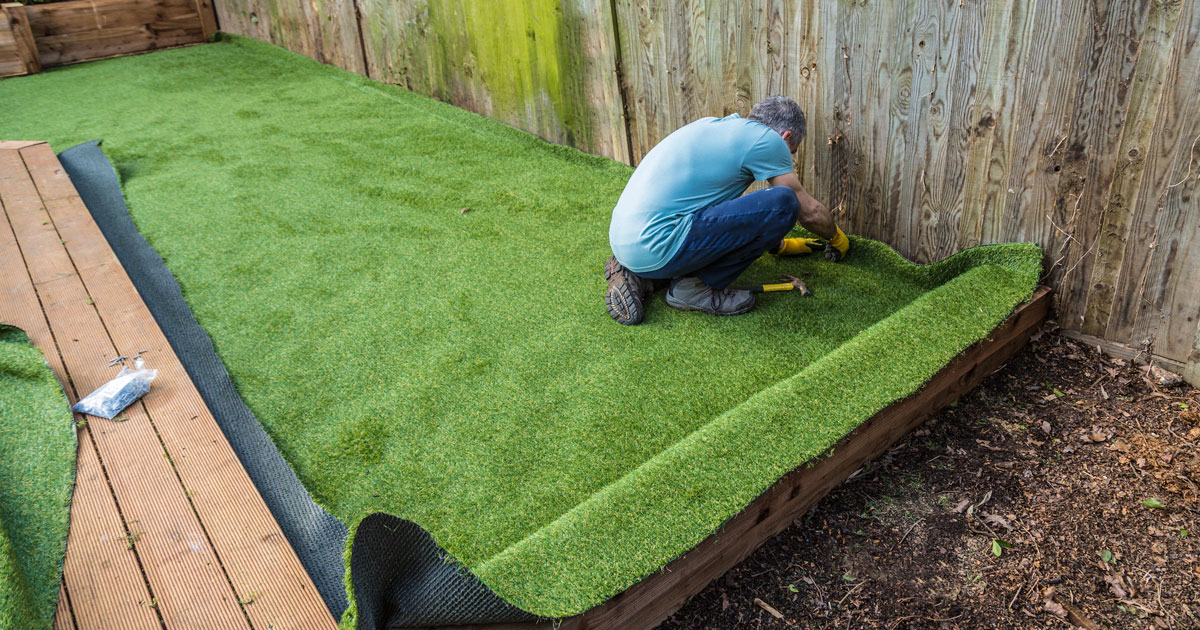
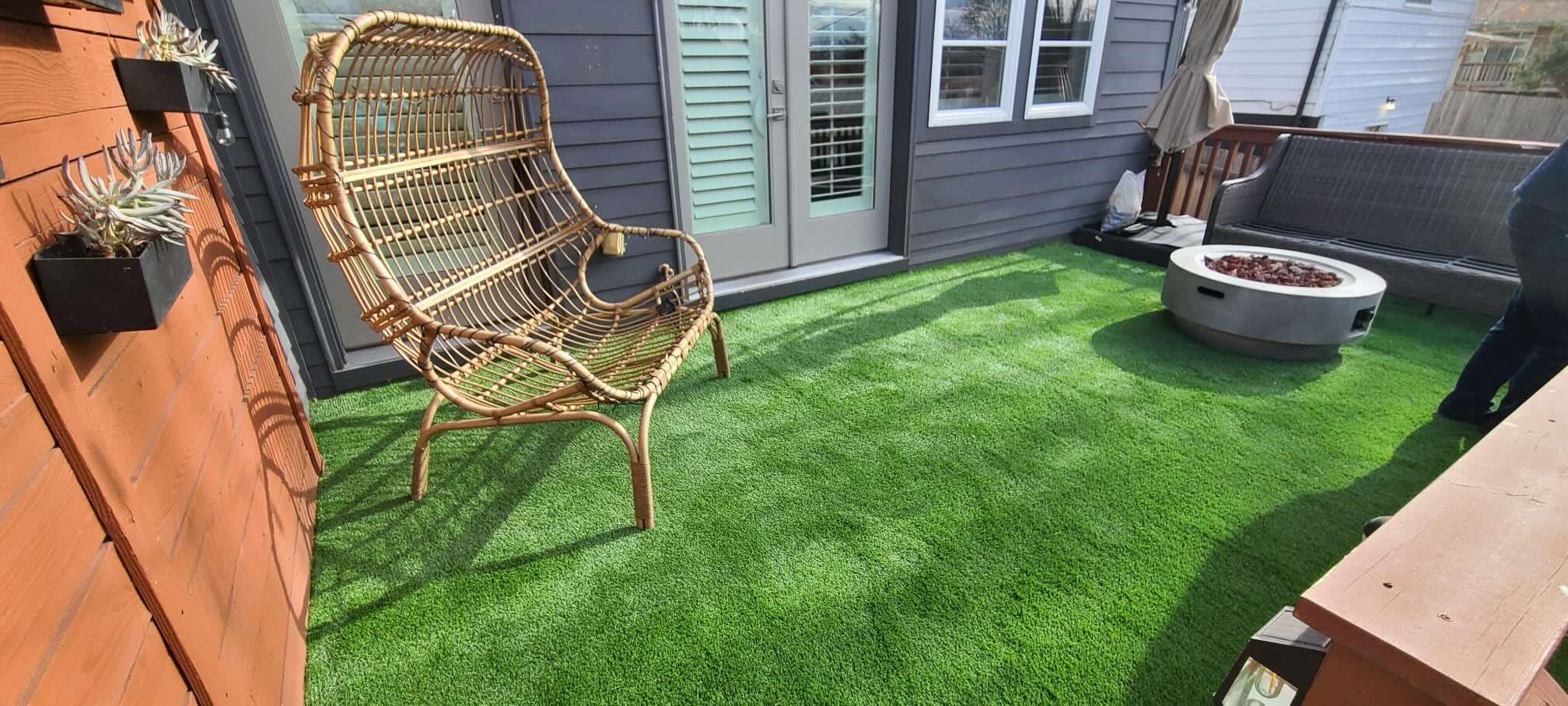
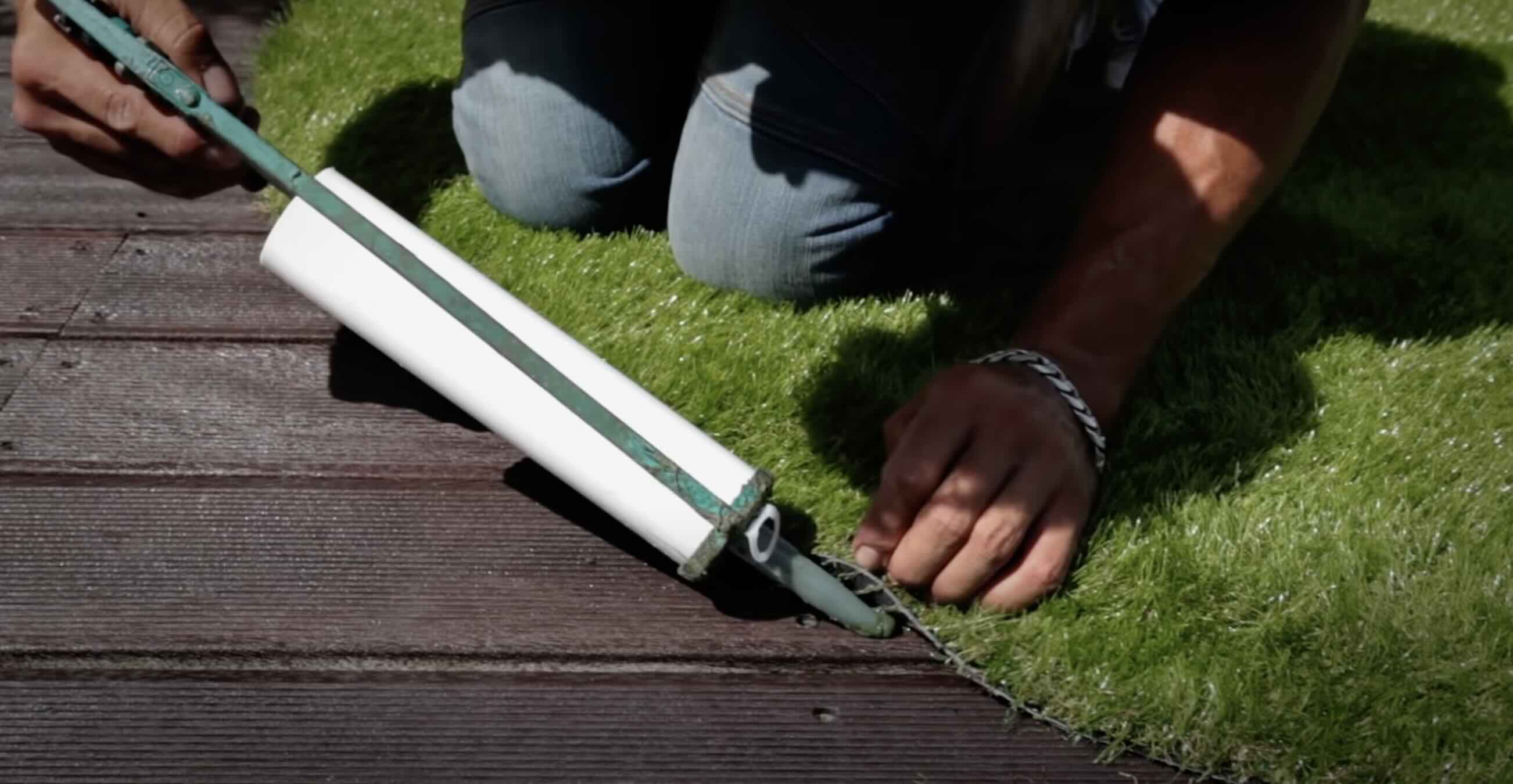

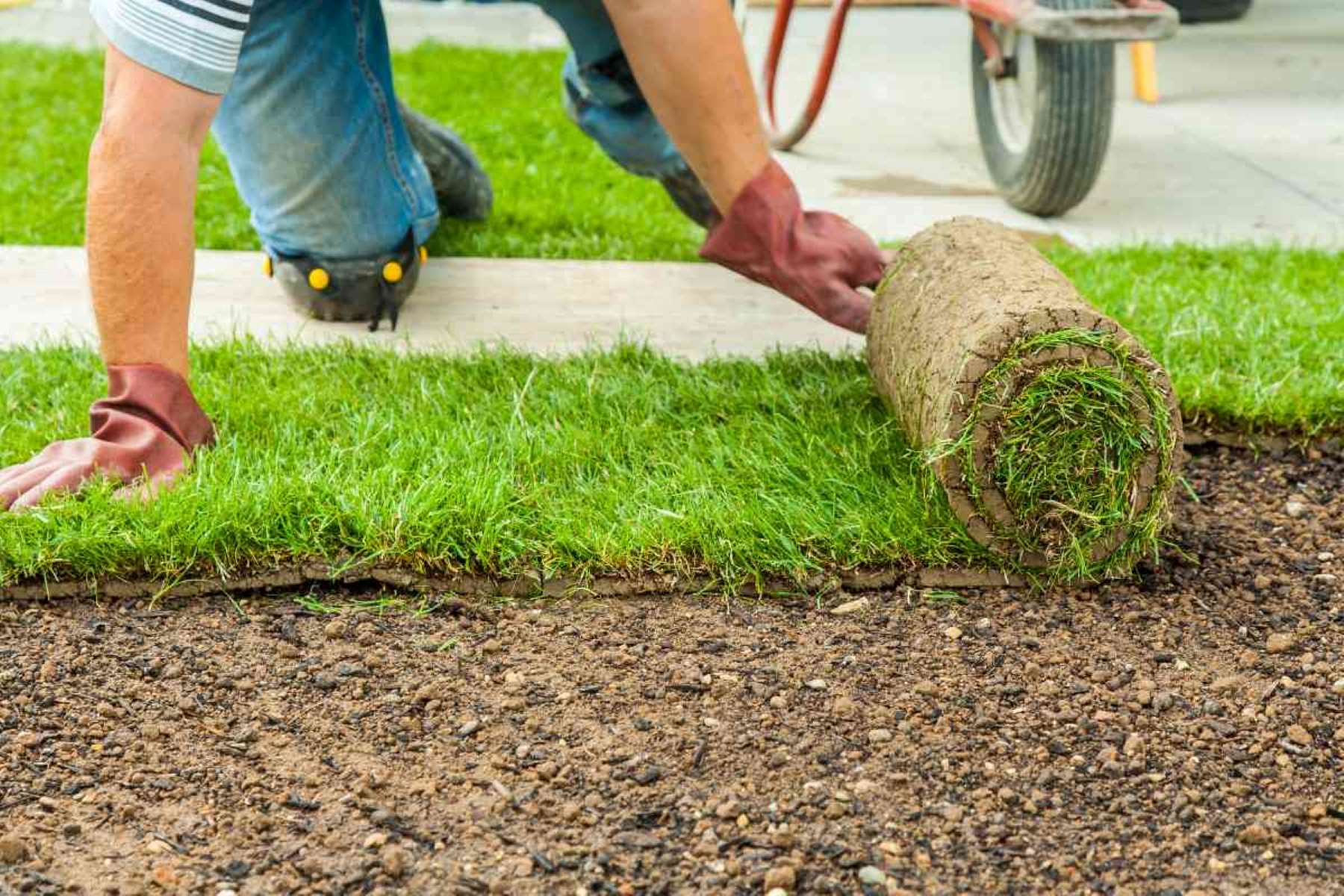

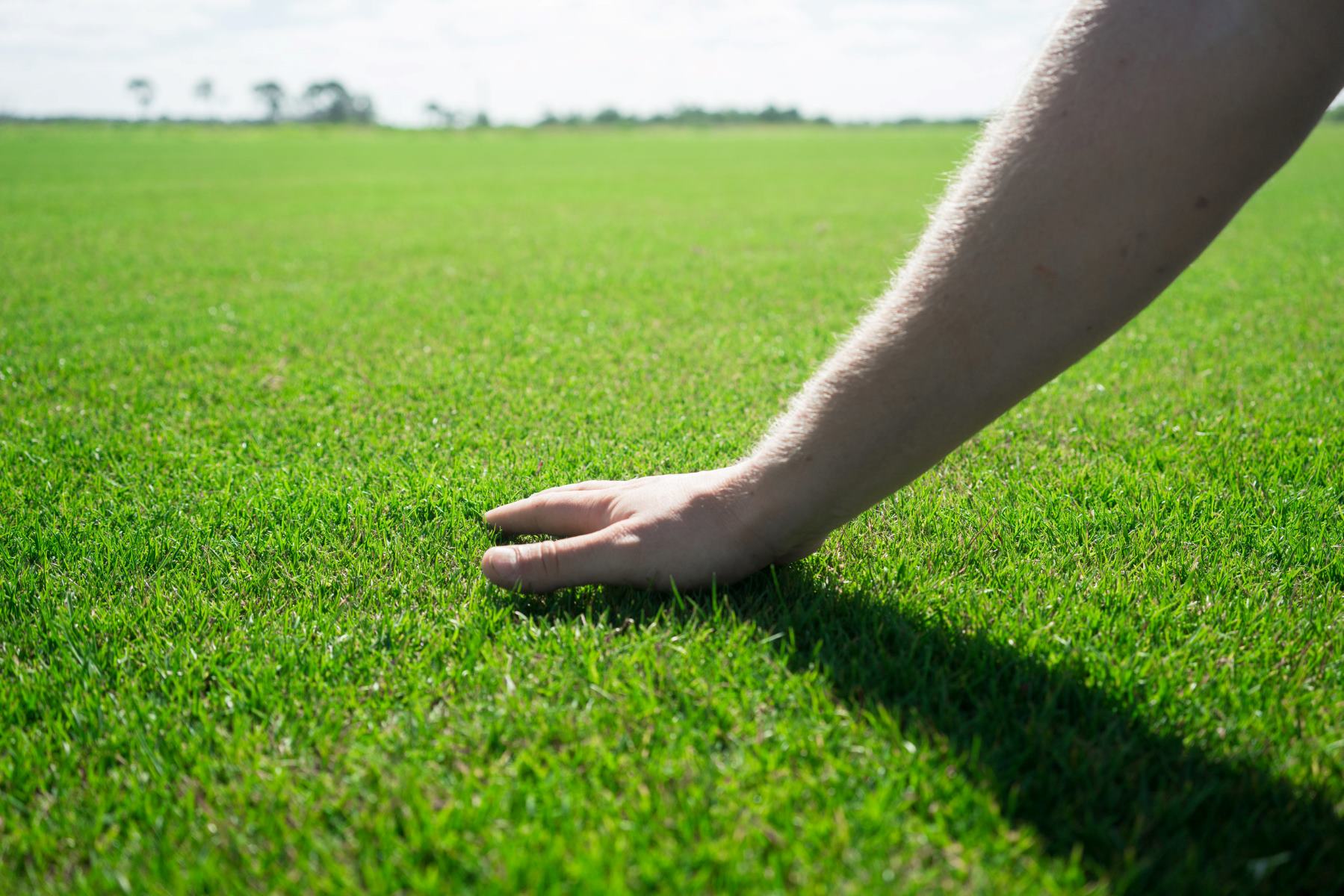
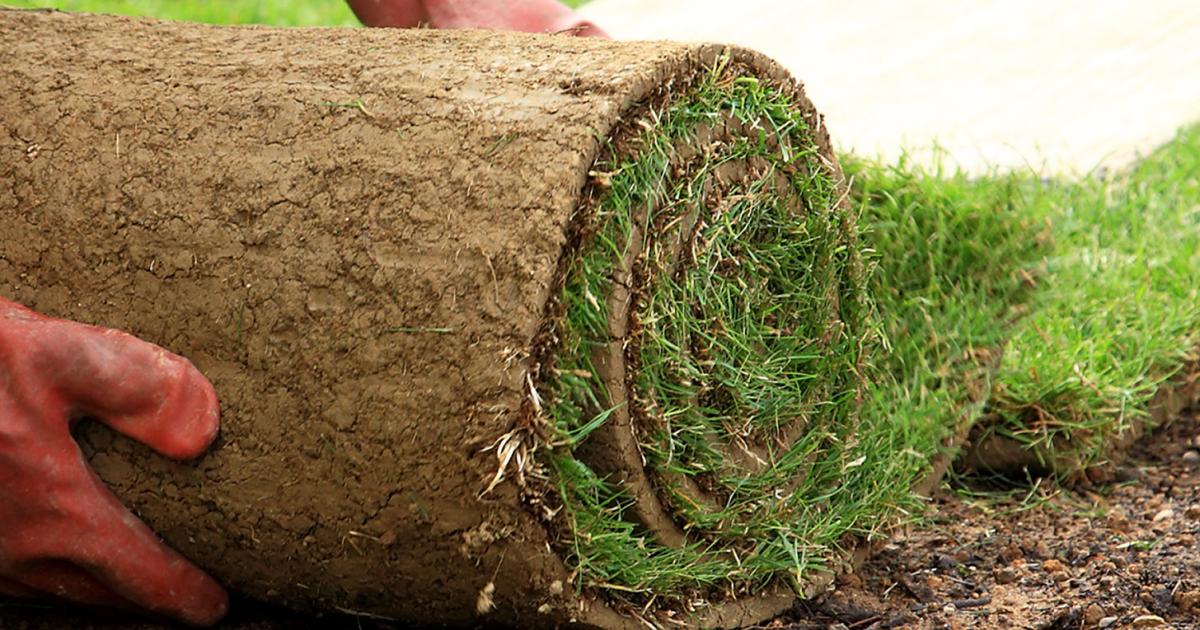
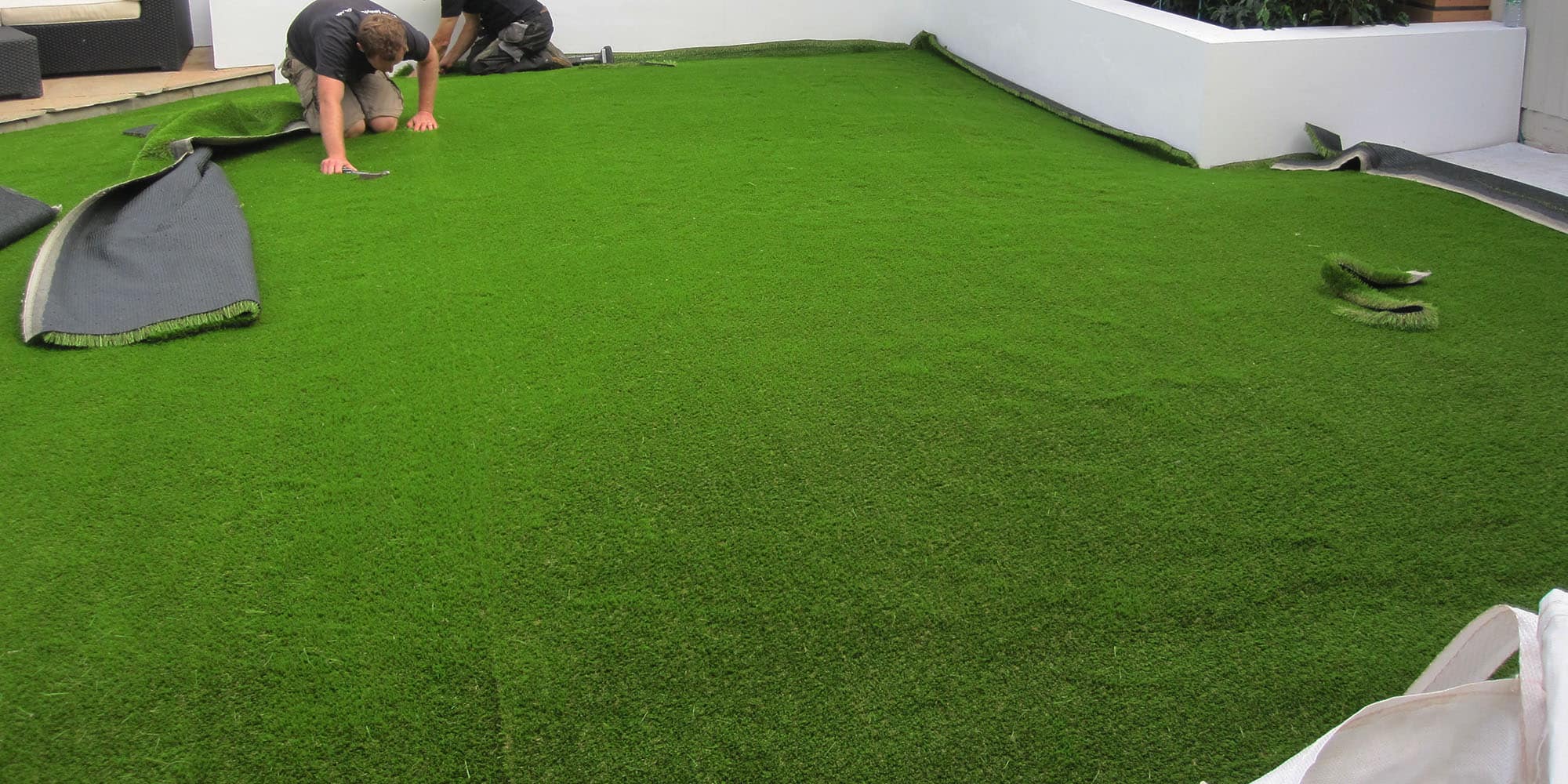
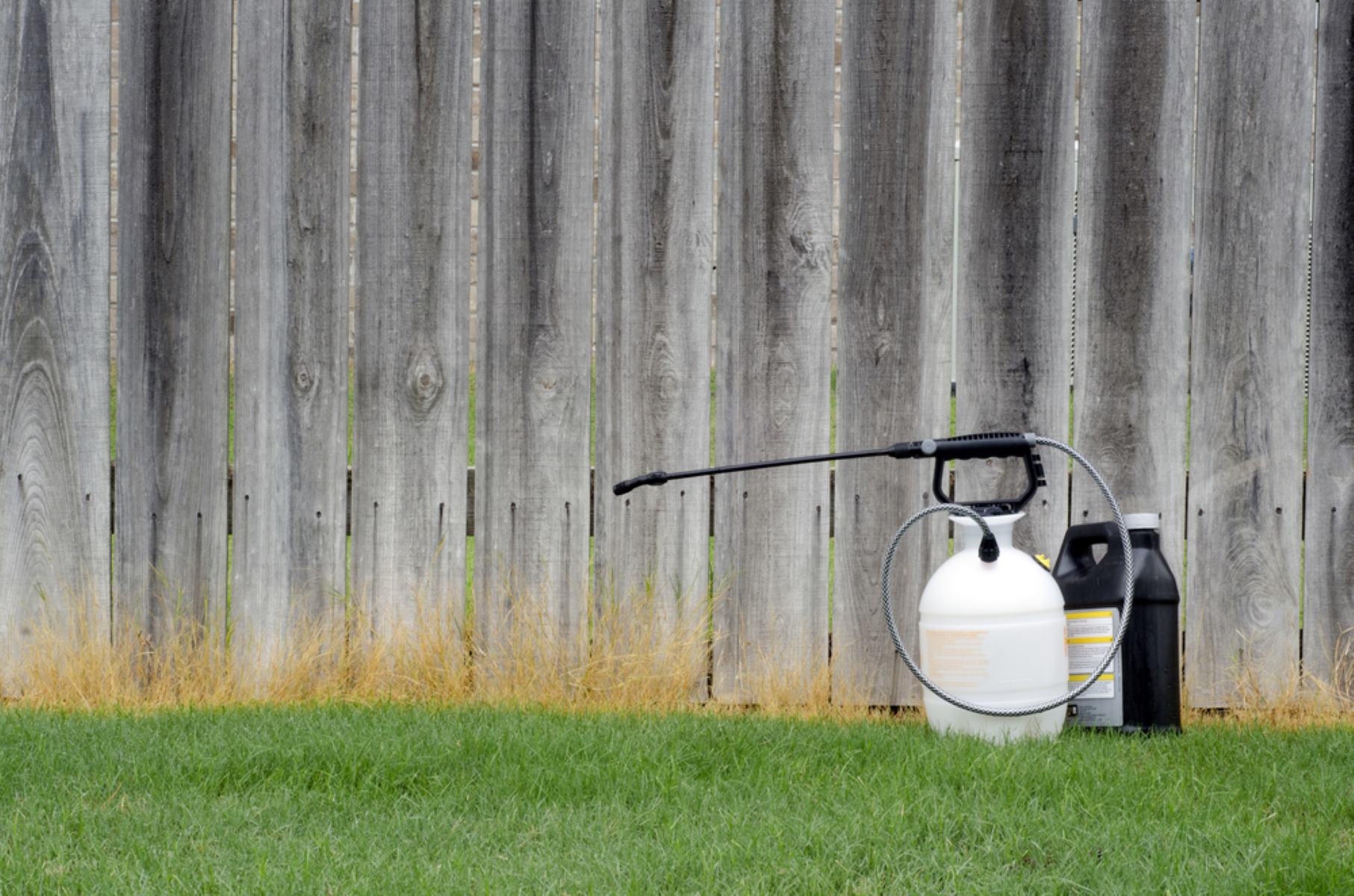


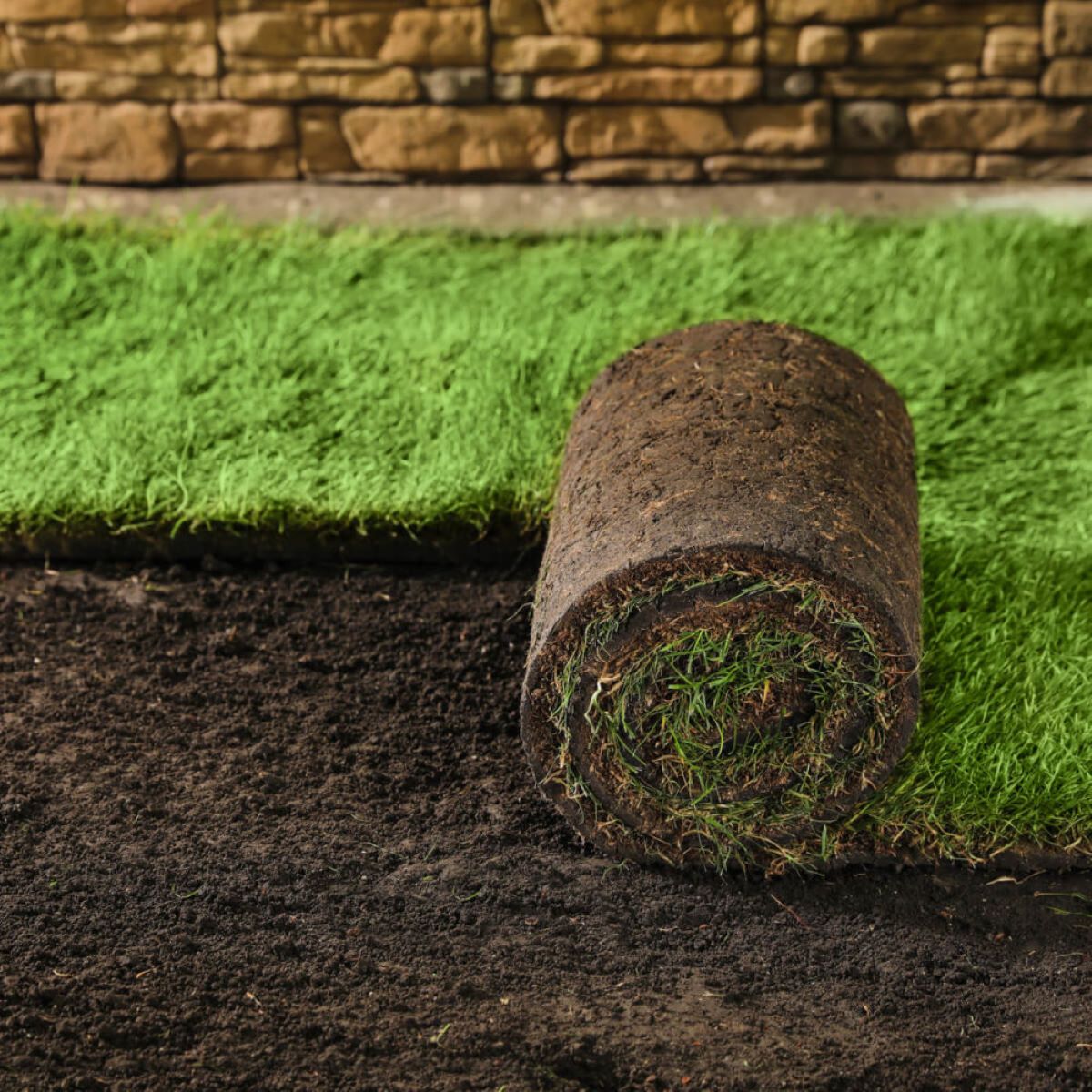

0 thoughts on “How To Lay Lawn Turf”